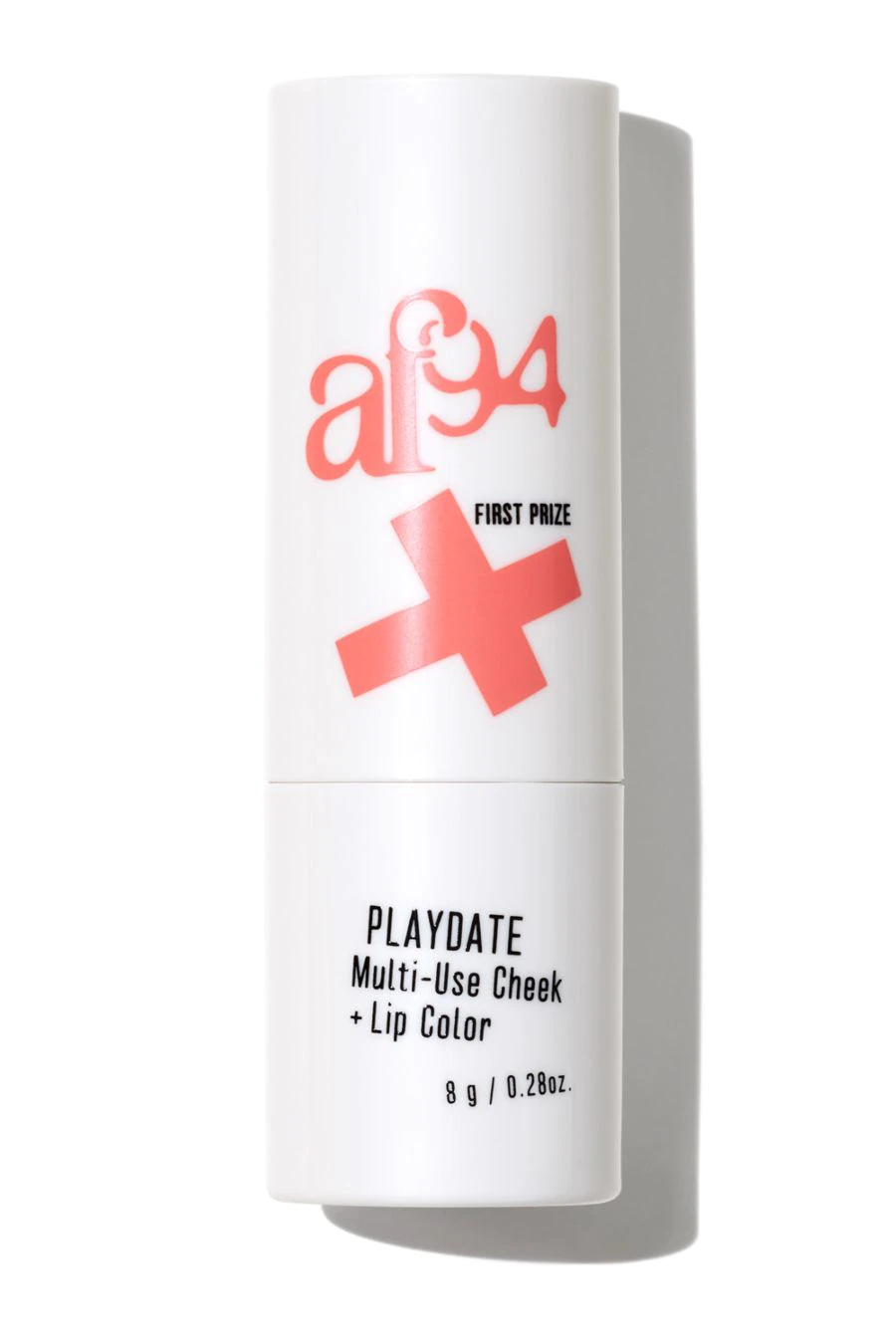
In 2001, when Marc Jacobs introduced diffusion line Marc by Marc Jacobs, I became fixated on an olive green, twill mini skirt with oversized buttons that cost just under $200 — too expensive for an unemployed high school junior, but still a fraction of the cost for an item from Jacobs’ main collection, something I could only visit at Barneys New York, like a museum exhibit. After making a scene at Intermix, my mother relented; I owned my first designer diffusion piece. In college, I moved on to Dolce & Gabbana’s D&G, pairing a fake tan with a skintight, black satin dress and a hot pink patent leather clutch. Every year, I shopped D&G’s winter sale at its now-shuttered West Broadway store.
Diffusion lines have made designer labels more accessible for decades. Marc by Marc Jacobs and D&G may no longer exist, but there’s MM6 Maison Margiela, See by Chloé, T By Alexander Wang, Proenza Schouler White Label and 10 Crosby by Derek Lam (which outlived the original brand), among others.
In beauty, however, the concept is still nascent — and unproven.
The first example that comes to mind is Estée Lauder’s The Estée Edit from 2016, a lower-priced makeup line created for Millennials that shuttered after a year. A few other beauty brands have experimented with affordable secondary lines, like Peach & Lily’s Peach Slices, Tarte’s slightly cheaper Sugar Rush and Uoma Beauty founder Sharon Chuter’s Uoma by Sharon C, a Walmart diffusion brand.
Halsey, born Ashley Nicolette Frangipane, is the latest to try to make diffusion work in beauty. Next week, they’re launching AF94, a range of under $10 eye, lip, cheek and body products with Walmart. Last year, Halsey debuted About-Face, their first makeup brand, which entered Ulta Beauty in June and sells lip, eye and cheek colours for just over $10 (with most items well under $20).
With their latest venture, Halsey now plays in two difficult beauty categories: diffusion and celebrity. The coupling brings an added challenge; the only thing harder than building one celebrity beauty brand is building two of them.
The point of a diffusion brand is to deliver real value to customers, but diffusion beauty brands often don’t offer a meaningful price drop. Uoma by Sharon C, for example, sells foundation for $11.98, while foundation from the main line costs $39. The difference between a $12 and $40 foundation is less significant than that of a See by Chloé dress that costs one tenth of its runway counterpart.
In beauty, cheaper versions of existing products could also prompt scepticism.
“If you are a premium brand and you want to make something more affordable, people will question the science behind it,” said Lanie Shalek, director of growth at Jobi Capital, the incubator behind Homecourt, Courteney Cox’s lines of candles, hand creams and more.
There are ways to roll out a diffusion line without sacrifice: In a previous interview, Chuter said that cutting corners on packaging is how she’s able to deliver a diffusion line without compromising on quality. Still, the issue of “efficacy,” or potential lack thereof, looms for beauty consumers, especially with skin care and makeup.
To be successful, “a diffusion brand needs to have a real reason for existing,” said Michelle Kluz, a partner at global consultancy Kearney. A secondary brand helps to build buzz and “create an affinity with the main line” and eventually, a trade up.
About-Face and AF94′s products, however, cost about the same. The primary difference between the two is where they’re sold: About-Face is an Ulta exclusive, while AF94 is at Walmart. Consumers could be confused by two makeup brands with similar prices and the same celebrity founder, particularly since they’re both under two years old.
Kluz adds that, with the exception of The Estée Edit, conglomerates tend to buy what is “missing” from their portfolios instead of trying to diffuse their legacy brands. She cites Michael Kors (in fashion and accessories) as a cautionary tale of diffusions hurting the main line.
“Halsey hasn’t even proven the brand out yet in one channel. When you think about a diffusion brand, they’re iconic brands that have been proven out in high end distribution channels before they diffuse themselves,” Richard Gersten, founder of True Beauty Ventures, a firm that invested in K18 and Dieux, told me. “These people are diffusing themselves before their brands are anything special in premium.”
As it stands now, each brand will get the benefits of an exclusive retail partnership, including prime placement in store and in email marketing. AF94 and About-Face still share an executive team, product development and financial resources with About-Face, though the two do manufacture at different facilities and have separate vendors for formulations, components and outer packaging.
At this stage, it may have made more sense to keep everything under the About-Face brand and co-create exclusive shades and products for each retailer to keep the assortments different. Walmart and Ulta would both benefit from a unified brand amplified by a famous founder, allowing About-Face to gain wider name recognition and the largest distribution possible.
It’s unclear how Halsey will really differentiate the brands, and more importantly, how they’ll convey those differences to followers. They’ve got star power on their side, but that’s no guarantee for success in beauty — and diffusion labels present an even bigger challenge. After all, even one of the biggest names in beauty, Estée Lauder, couldn’t make it work.



